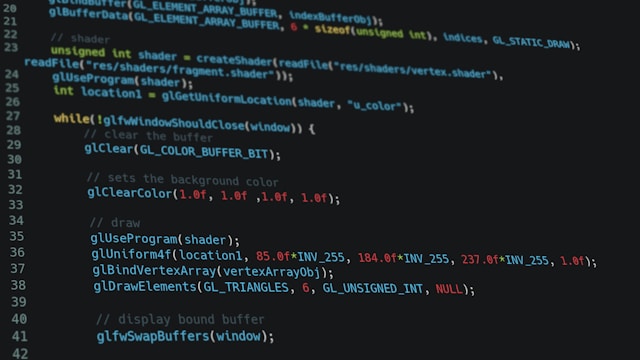+
Participants
+
Speakers
+
Hands-on Master Classes
+
Positive feedbacks
Our Program
Day 1
09:00 – 10:00 Registration and Breakfast 10:00 – 10:30 Opening of the Conference 10:30 – 11:30 Keynote 1 – “CSS…
Day 2
09:00 – 10:00 Breakfast 10:00 – 10:30 Introduction to Day 2 10:30 – 12:00 Keynote 2 – “Advanced Styles: Flexbox…
Day 3
09:00 – 09:30 Introduction to Day 3 09:30 – 11:00 Session 5 – “Integrating CSS preprocessors into .NET projects” 11:00…

What awaits you
About
CSS Day is a focused conference on advanced CSS. Our attendees and speakers are a mix of CSS designers, developers, specification writers, and browser vendors who take pride in what they know and do. We are a conference with an informal atmosphere and plenty of breaks where anyone can approach…
Special speakers of the conference

Anthony Colwell

Donnie Brown

Edward Ortega
Blog
How to Smash Presale Tickets Without Being a Coding Expert
More and more people turn to the Internet for all kinds of things these days and shopping makes no exception.…
How Coding Has Become a World Renowned Weapon – Top 8 Cyber Weapons Revealed
Originally associated with technology, coding has become much more important lately, offering a unique approach to a different type of…
Mastering CSS and Finding Your Dream Home in Innisfil, Canada
Ah, the journey of life and code! I remember the days when I first tinkered with the mystical language of…
Styling Success: How CSS Enhances .NET Applications for Canadian Real Estate Platforms
The Intersection of Style and Functionality In the digital age, the first impression of any online platform is crucial, and…
A Developer’s Guide to Using CSS with .NET for Better UIs
Introduction: Navigating the interface design of .NET applications can seem daunting. However, with CSS—Cascading Style Sheets—you can transform static functionality…




























The conference on writing CSS for .NET applications was an inspiring experience! I got a lot of practical tips and best practices from experienced speakers. Now my styles in .NET applications have become not only effective but also beautiful. Thank you for such an awesome event!